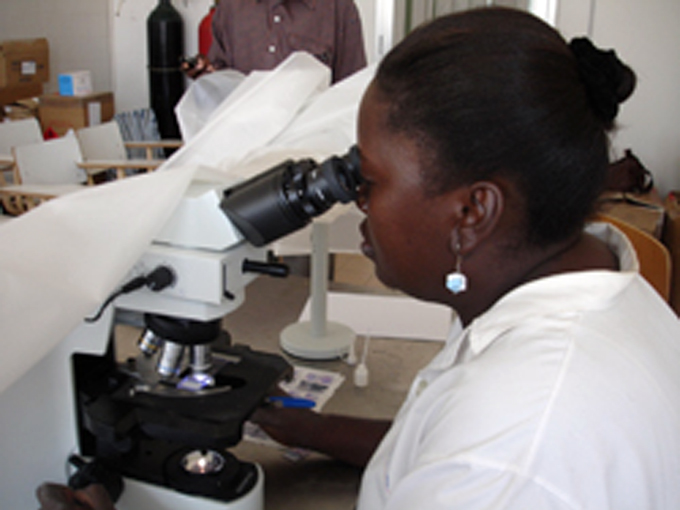Dengue and Chikungunya in Our Backyard: Preventing Aedes Mosquito-Borne Diseases
Originally presented on . Encore presentation on .
Aedes aegypti and Aedes albopictus mosquitoes are the primary vectors for dengue, chikungunya, yellow fever, and Zika viruses. Taken together, these viruses account for almost 100 million cases of mosquito-borne disease per year. Globally, dengue is the most important mosquito-borne viral disease. In the last 50 years, incidence has increased 30-fold by expanding into new countries and new areas. Chikungunya often occurs in large outbreaks with high infection rates, affecting more than a third of the population in areas where the virus is circulating. In 2014, more than a million cases were reported worldwide. While Chikungunya disease rarely results in death, the symptoms can be severe and disabling.
Outbreaks of mosquito-borne diseases depend on many factors and are especially difficult to predict, prevent and control. Because there are no licensed vaccines available to prevent dengue or chikungunya, controlling mosquito populations and reducing bites are currently the most effective prevention measures.
This session of Grand Rounds highlights the importance of preventing Aedes mosquito-borne diseases and the need for improved diagnostic, prevention and control measures.
In this session of Beyond the Data, Dr. Phoebe Thorpe and Dr. Sonja Rasmussen discuss Zika virus and the link to birth defects. Tune in to hear how pregnant women and health care providers can work together for prevention.
In this session of Beyond the Data, Dr. Phoebe Thorpe and Dr. Ronald Rosenberg discuss Zika virus and the mosquitoes that transmit it. Tune in to hear what steps you can take to protect yourself and your family.
Dr. Phoebe Thorpe and Dr. Marc Fischer discuss the diseases transmitted by Aedes aegypti mosquitos and some practical ways individuals can protect themselves.
Individuals should limit exposure to mosquitos by
- Using repellants when outdoors
- Emptying standing water sources around their homes
- Wearing long pants and long-sleeves and
- Ensuring that window and door screens are intact
Providers should
- Take advantage of CDC’s clinical case management training
- Be aware of signs and symptoms of mosquito-borne diseases
- Marc Fischer, MD, MPH
- Chief, Surveillance and Epidemiology Activity, Arboviral Diseases Branch,
Division of Vector-Borne Diseases
National Center for Emerging and Zoonotic Infectious Diseases, CDC
- Thomas W. Scott, PhD
- Professor and Director, Vector-Borne Disease Laboratory,
Department of Entomology and Nematology
University of California at Davis
- Harold Margolis, MD
- Branch Chief, Dengue Branch, Division of Vector-Borne Diseases
National Center for Emerging and Zoonotic Infectious Diseases, CDC
- John Iskander, MD, MPH
- Scientific Director
- Phoebe Thorpe, MD, MPH
- Deputy Scientific Director
- Susan Laird, MSN, RN
- Communications Director
Get notified about the latest updates from Public Health Grand Rounds right in your inbox by setting up an alert today!
Get notified about the latest updates from Public Health Grand Rounds right in your inbox by setting up an alert today!Sign Up
Get notified about the latest updates from Public Health Grand Rounds right in your inbox by setting up an alert today!
CDC Course Code: PHGR10
CPE UAN: 0387-0000-16-105-H04-P
For more information, see Grand Rounds Continuing Education.

The global malaria eradication campaign of the mid-20th century was successful in eliminating disease in subtropical zones; however, decreased funding and support have led to resurgence. Learn about current malaria control efforts and strategies to eliminate this deadly disease.

Lyme disease is one of the most rapidly emerging infectious diseases in North America and Europe. Lyme disease is transmitted to humans by the bite of ticks infected with the bacterium Borrelia burgdorferi. Learn about the data gaps, unmet needs, and overall challenges and opportunities for its prevention and control.